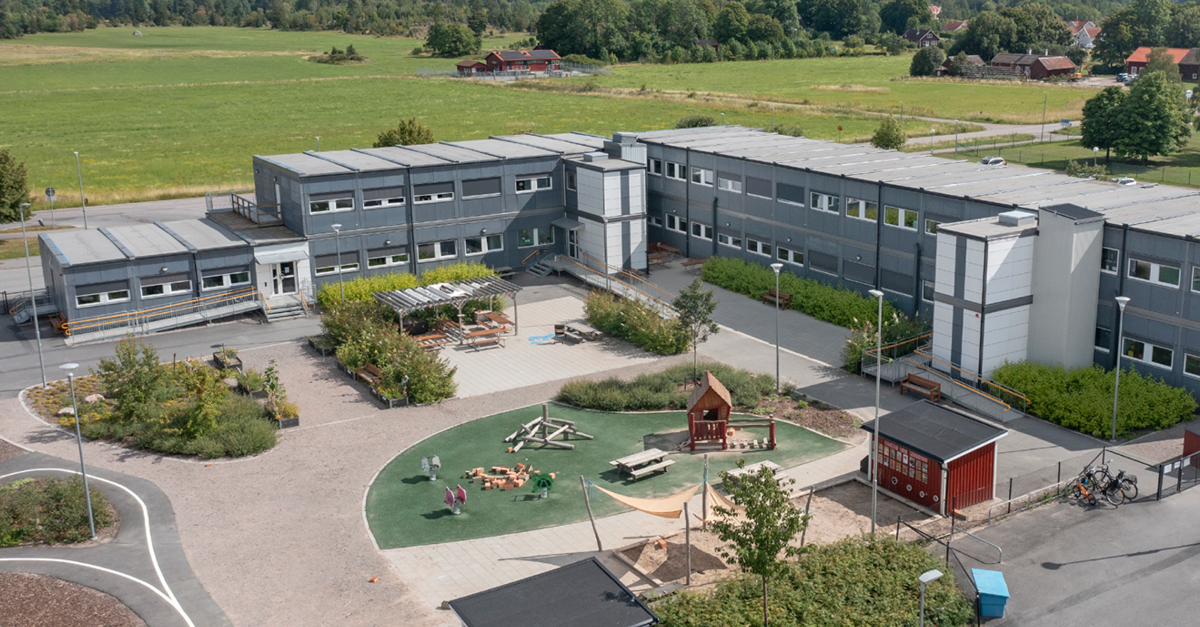
If there’s one thing we’ve learned at Adapteo, it’s that buildings don’t have to be a one-time deal. Our circular model, which means “build, reuse, repeat”, is all about creating spaces that adapt and evolve as our clients’ needs do. And looking at the state of things, it seems we’re onto something here. Turns out, designing for reuse instead of one-and-done has enormous benefits for clients, communities, and the planet.
Peeking under the hood: The LCA
Now, here’s the fun part. We recently dug deep and completed a life-cycle assessment (LCA) of our modular spaces. In an industry that doesn’t always go this extra mile, it’s a big deal. LCAs give us a full picture (and absolute control) of a building’s environmental impact, from the materials to the energy use, all the way through its lifespan.
But let us be clear - conducting an LCA is no walk in the park. It’s a complex and rigorous process due to the difficulty of tracking every material's journey from raw resource extraction to end of life. The analysis relies on qualified estimations and standardized data to fill in gaps. And from here, we can work to sharpen the accuracy of our metrics.
What we found confirmed what we’ve long suspected and been yelling from the top of our lungs: reused Adapteo modules are true low-impact champions. In fact, a reused module can slash carbon emissions by up to 96% compared to a brand-new, permanent building. Even our new modules, crafted with renewable resources, show around a 60% reduction already in their first project. So, what this means is that we’re not just making spaces; we’re making an impact.
Why this matters (and not just for us)
Sure, this is all great for Adapteo, but what about everyone else? When our clients choose our modules to solve their space needs, they’re not just saving on emissions, they’re also improving their own sustainability metrics, like Scope 3 emissions. That’s a fancy term for emissions they’re indirectly responsible for, which are tricky to manage, and which we all have to report on (sooner or later). So, when we partner with clients to offer modular buildings, new or reused, coupled with low-carbon energy options, it’s a win-win.
This isn’t just about environmental benefits or metrics; low carbon impact solutions are good for communities, too. Imagine a school district that’s bursting at the seams with students. A modular space can provide extra classrooms, if not entire schools, in weeks, not years, and when the need changes, the building can move or adapt without heavy impact on emissions and start over. So, it’s not just flexible for the client, it’s better for the environment and the people who use it.
Let’s talk about materials and energy
What we build with matters, too. Our wooden modules, for instance, actually store carbon, giving us another reason to take great care of them, keeping them in use for as long as possible so they’re helping the planet just by standing there! And here’s a cool fact: in their lifetime, a wooden module can be repaired and re-used multiple times, racking up huge emissions savings over the long run.
Energy usage is also a big piece of the puzzle. Heating, cooling, and even ventilation can make a major difference in a building’s emissions. For example, choosing an efficient HVAC system can halve the energy use of a module. And in countries with high-emission energy grids, putting solar panels on modular buildings can dramatically cut down their lifetime carbon footprint. We can help with that, too, offering a whole host of different solutions.
What’s next?
The numbers tell us we’re onto something good, but they’re also a reminder that we’re part of a much bigger picture. The construction industry is a major player in global CO2 emissions and changing how we build means making choices that work for a circular, low-carbon future. We’re pushing ourselves to do more, whether that’s moving toward fossil-free transportation, choosing smarter materials, or supporting our clients choosing the best energy-efficient solutions for their needs.
Along the way, we will continue to share insights that shape our work–from the challenges to the breakthroughs. Be sure to follow as we continue exploring what it means to build sustainably.
Read about our approach to sustainability here.
Johanna Persson President & CEO of Adapteo Group